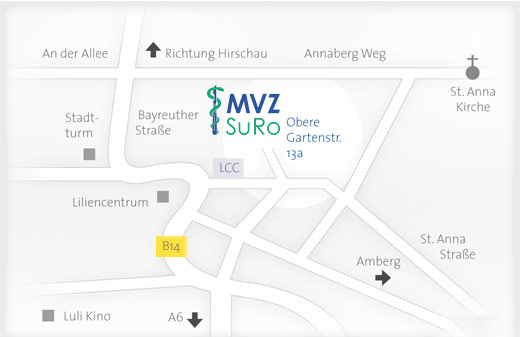Foot surgery
The foot has an extremely complex structure. 26 bones are connected via 33 joints and over 100 ligaments hold them together. 20 muscles with their strong tendons provide movement and firm footing. A multitude of nerves supply the skin, muscles and tendons of the foot. This makes it possible to feel pressure, the state of stretching of the muscles and tendons, and temperature. The foot becomes a sensitive organ that recognizes unevenness, distinguishes a soft from a hard surface, as well as warm and cold, sharp and dull. Blood vessels supply the foot with oxygen and nutrients
“A beautiful foot is a great gift of nature”
Johann Wolfgang von Goethe
Most often, the big toe causes discomfort in the metatarsophalangeal joint due to a thickened bunion. This rubs against the shoe and can become inflamed. The head of the first metatarsal bone protrudes and bone deposits form. The big toe deviates more or less from his straight direction. The altered direction of tendon pull increases the displacement of the big toe. Often a congenital predisposition is the cause of this change. Tight shoes only aggravate the symptoms, but are not the cause. Common pathologies of the foot are:
- Bunion of the big toe (hallux valgus)
- Hammertoes
- Small toe bunion (tailor’s bunion, digitus quintus varus)
- Flatfoot
- Heel pain
- Diabetic foot (for diabetes)
- Corns and calluses
- Ingrown toenails


